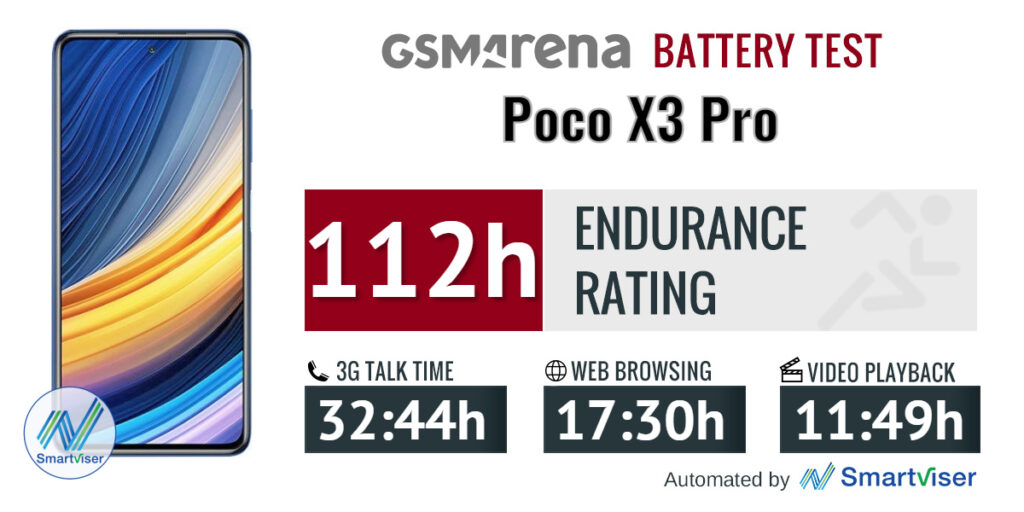Why Blogging Helps Your Site’s SEO Performance
One of the most obvious ways a blog can help your small business is by selling sales calls, blogs and articles. You can use your blog to sell your product in a variety of ways, from a sales pitch to a marketing campaign to a product review. However, you can’t sell using your blog if your blog isn’t seen, right? Well, you’re in luck. Blogs help SEO. Blogs massively help your site be seen as it’s a great way for search engines to see what your site’s all about, leading them to more easily recommend your site to search queries.
 Blogging helps boost SEO quality by positioning your website as a relevant answer to your customers' questions. Blog posts that specifically use a variety of on-page SEO tactics can give you more options to rank in search engines and get customers to visit and stay on your site.
Blogging helps boost SEO quality by positioning your website as a relevant answer to your customers' questions. Blog posts that specifically use a variety of on-page SEO tactics can give you more options to rank in search engines and get customers to visit and stay on your site.
Focus On 1-2 Long-Tail Keywords
Optimizing your blog posts for keywords isn’t about incorporating as many keywords into your posts as possible. It used to be but today it’s just known as “keyword stuffing.” Nowadays, this actually hurts your SEO because search engines consider this keyword stuffing (i.e., including keywords as much as possible with the sole purpose of ranking highly in organic search).
It also doesn't make for a good reader experience — a ranking factor that search engines now prioritize to ensure you're answering the intent of your users. Therefore, you should use keywords in your content in a way that doesn't feel robotic or forced.
A good rule of thumb is to focus on one or two long-tail keywords per blog post. While you can use more than one keyword in a single post, keep the focus of the post narrow enough to allow you to spend time optimizing for just one or two keywords.
Mobile-First/Responsive Design
Did you know more people use a search engine from their mobile phones than from a computer? It’s true. Data shows that more and more people are searching for things on their phones rather than on a PC.
And for all those valuable search queries being done on mobile, Google displays the mobile-friendly results first. This is yet another example of Google heavily favoring mobile-friendly websites — which has been true ever since the company updated its Penguin algorithm back in April 2015.
So, how do you make your blog mobile-friendly? By using responsive design. Websites that are responsive to mobile allow blog pages to have just one URL instead of two — one for desktop and one for mobile, respectively. This helps your post's SEO because any inbound links that come back to your site won't be divided between the separate URLs.
As a result, you'll centralize the SEO power you gain from these links, helping Google more easily recognize your post's value and rank it as high as possible. And at the end of the day, that’s the thing that SEO was made for.
Key Takeaways
Blogs are effective marketing tools to grow your business. Despite great content, they should be optimized, too. One can do this by focusing on the use of long-tail keywords and prioritizing a mobile-first design. Once you’ve accomplished these steps, you can simply wait for them to do the work for you.








